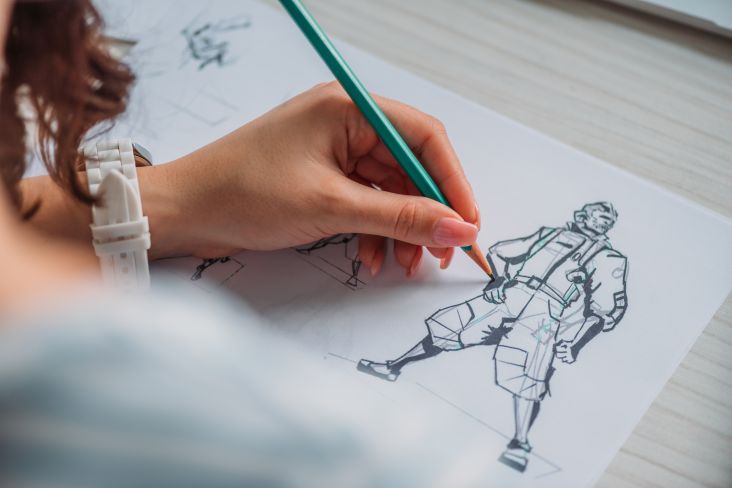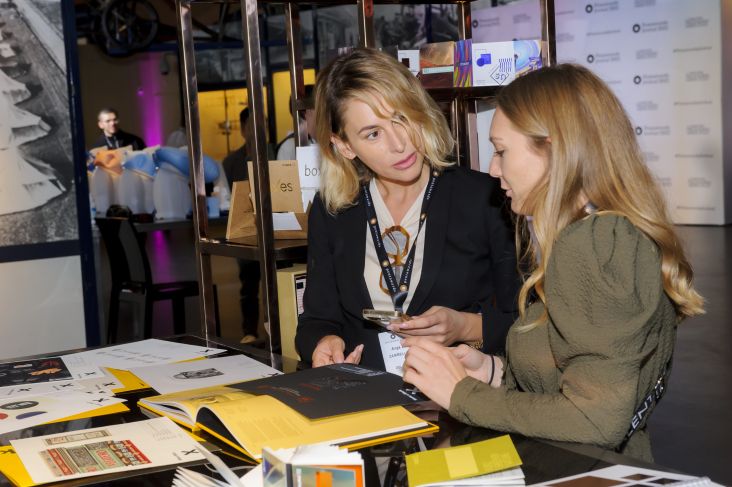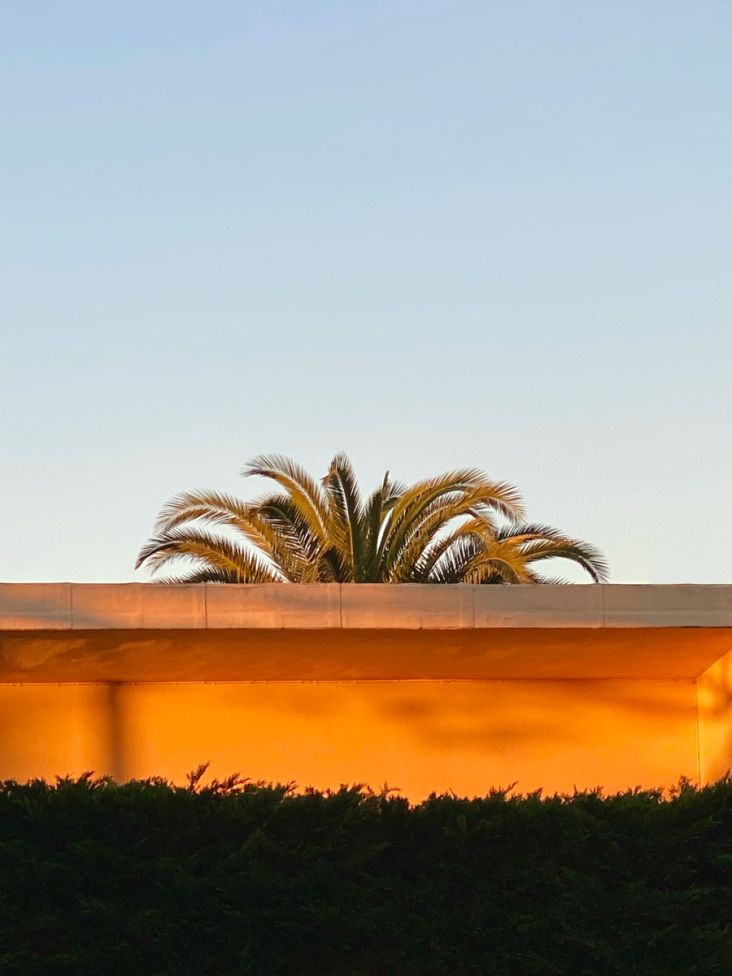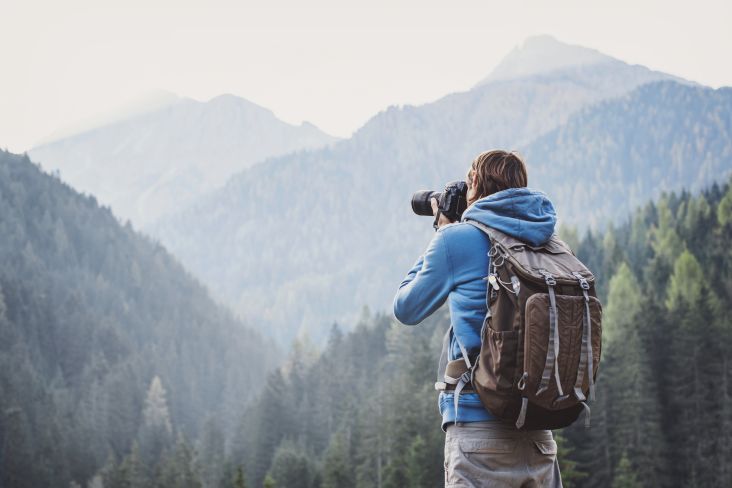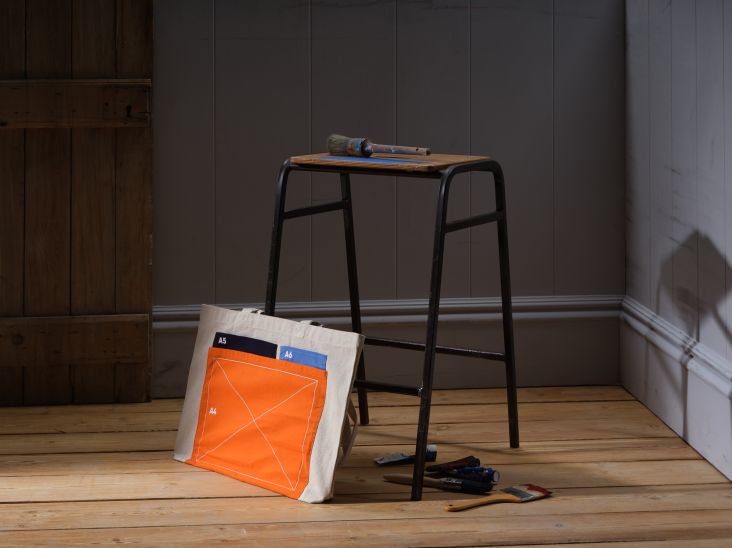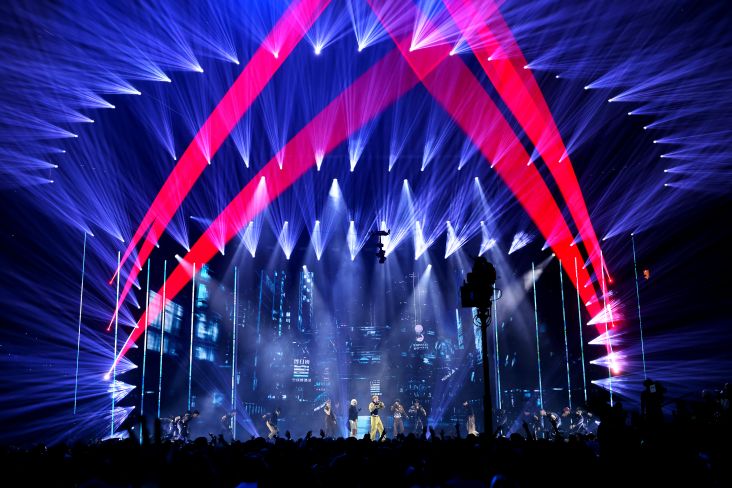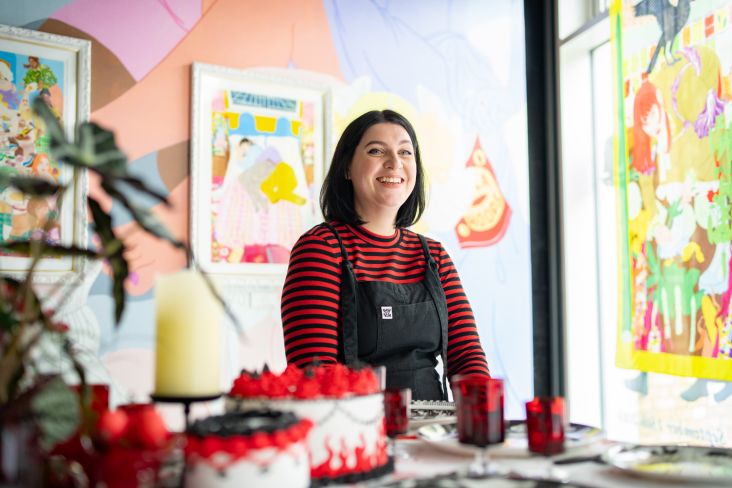Rob Hammer's evocative photobook uncovers the soul of American barbershops
The traditional barbershop is dying off due to a combination of Covid-19, corporatism and culture change. But new kinds are emerging, and both are brilliantly captured in the photobook, Barbershops of America: Then and Now.
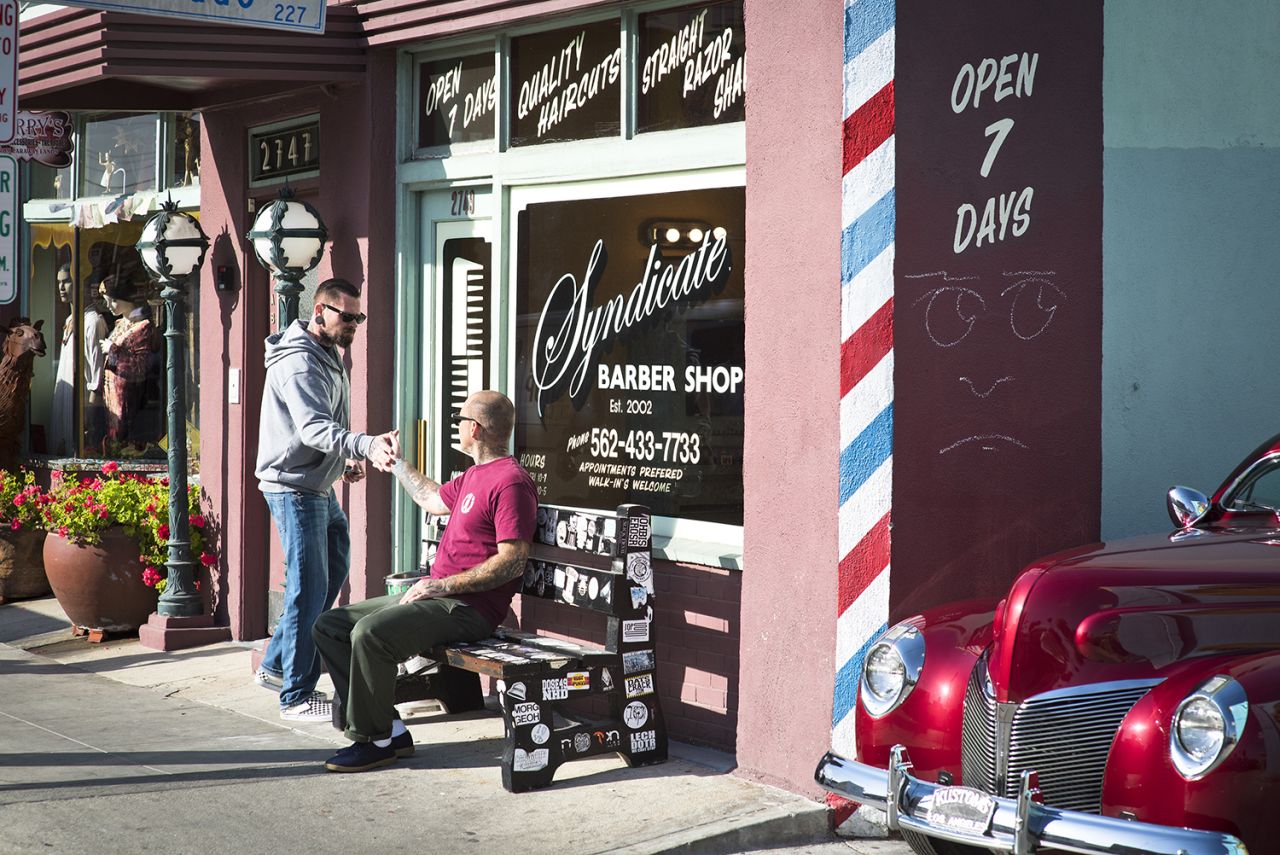
Syndicate Barbershop, Long Beach, California © Rob Hammer
We all want to live in a place that has a strong community. But we often overlook the importance of places that anchor that community. After all, if people don't have friendly, accessible and approachable places to meet each other, how will they get to know each other?
In America especially, the barbershop is one of those unsung heroes of social cohesion. But these venerated institutions are changing fast and, in many areas, dying out.
That's why photographer Rob Hammer has spent seven years travelling across the country to capture the life and work of barbers with his lens. And his photobook, Barbershops of America: Then and Now, provides an enlightening glimpse into the people and physical spaces that foster community, storytelling and connection.
"A lot of people will never get to experience for themselves what it's like to be in an old shop," says Rob. "But looking through these pages can help them imagine. And as time goes on and the industry changes, so will barbershops. So what this book as a whole also shows is barbering during what could be its largest boom ever, and the trade's very specific place on the American timeline."
Changing times
Rob Hammer is a commercial photographer based in San Diego, California. He's best known for his dramatic style of shooting professional athletes and unique way of documenting adventure.
He and his dog Mojo travelled throughout all 50 states and photographed both long-standing older shops and their barbers, as well as up-and-coming new stores and the younger generation building on the traditional trade.
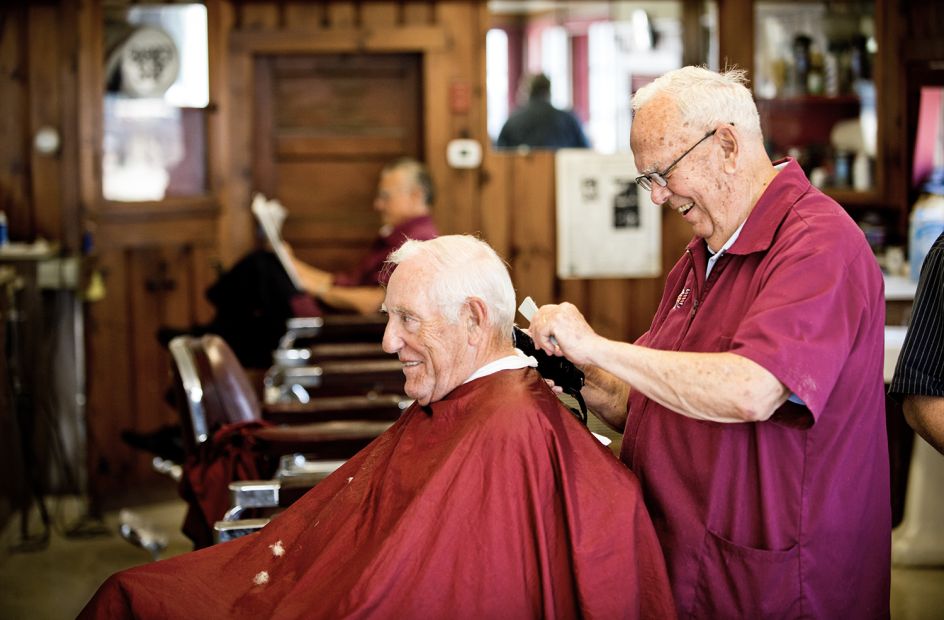
McLean's Barbershop, Hyannis, Massachusetts © Rob Hammer
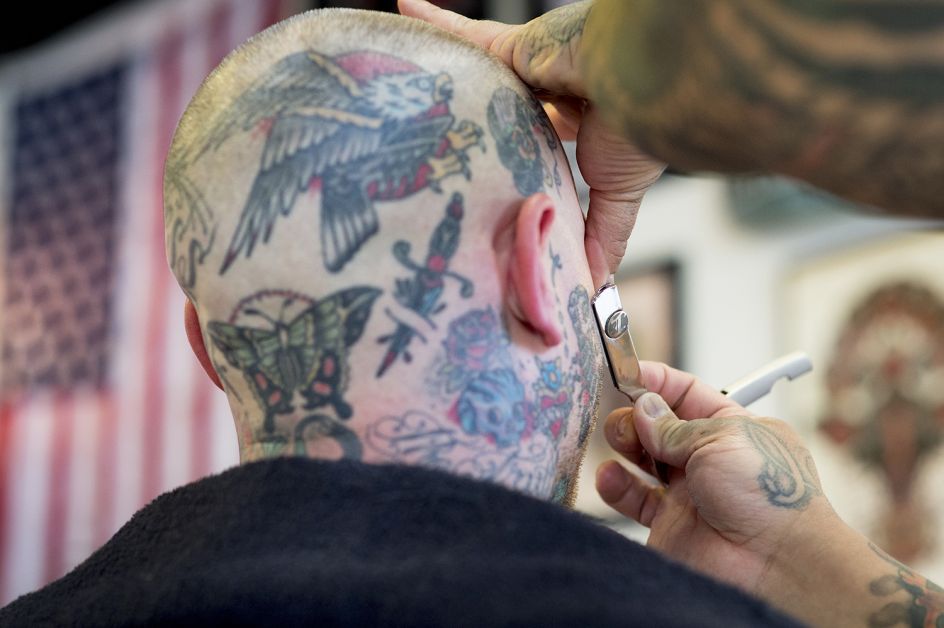
Shane's Barbershop, San Mateo, California © Rob Hammer
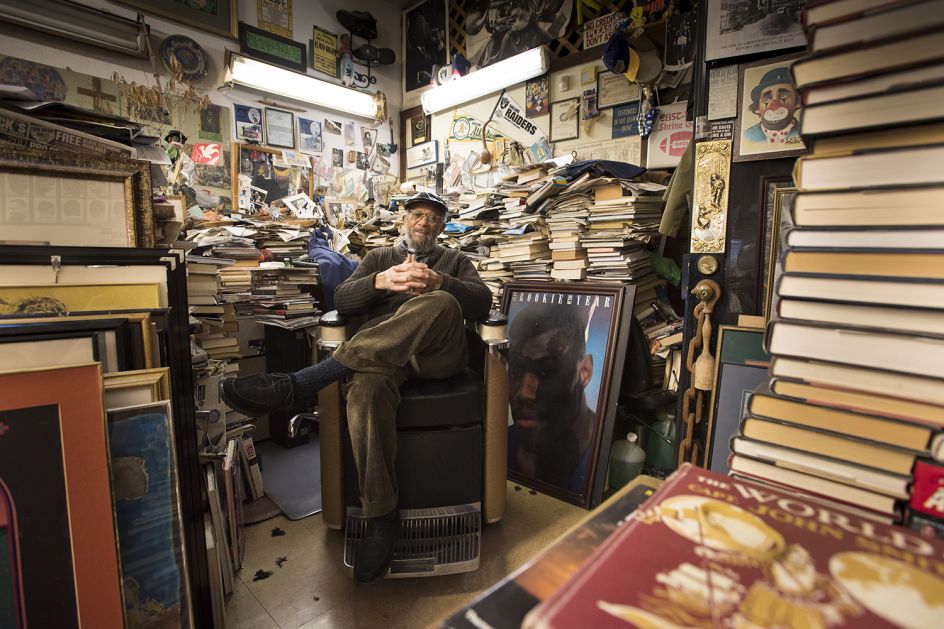
Cuts and Bends, Oakland, California © Rob Hammer
The photobook was originally published in 2018. But its re-release in 2023 emphasises that many of these images preserve the memories of shops that didn't survive the impacts of Covid-19 or the emergence of corporate chain-store barbershops.
These losses have left a civic deficit that has impacted local small-town economies, as well as the intrinsic value that long-standing community gathering spaces provide.
"These places have a soul."
Hammer's photographs show both people within the barbershop spaces, as well as empty shop interiors, and both tell the very human story of these places. Hammer's composition captures the objects within the shops, the wear and tear, and the details, all of which resonate to shed light on the role these places serve to the people who sit in the chairs and chat, laugh and listen.
In the book, Hammer highlights what drew him to particular shops. "Everything in here is what I consider to be a real barbershop," he explains. "You see, shops – real shops, that is – are just like people in that they have a soul. That's why a photograph of an empty shop is just as effective as one with every chair filled. You can just feel what's happened in there."
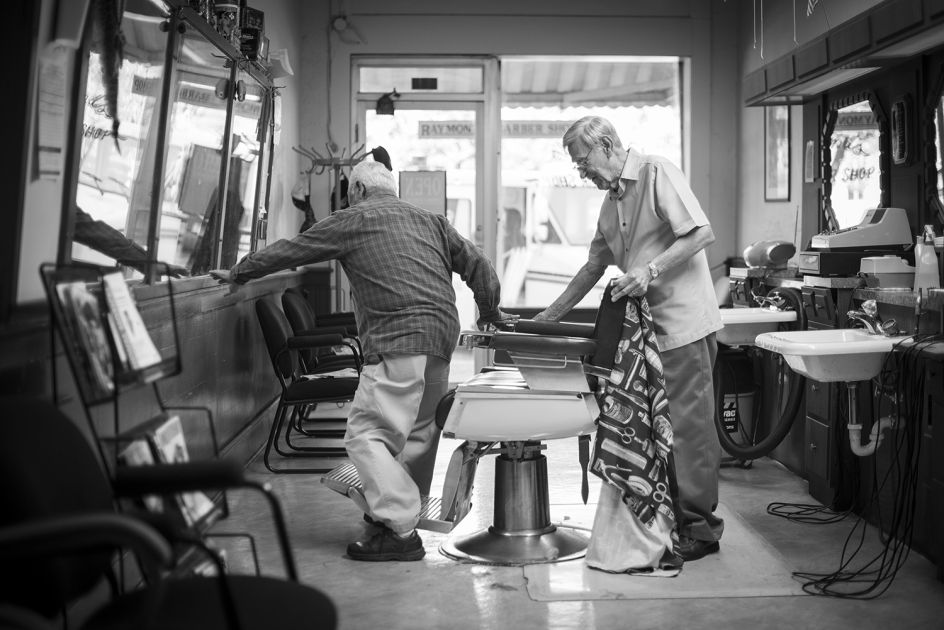
Raymond's Barbershop, Lockhart, Texas © Rob Hammer
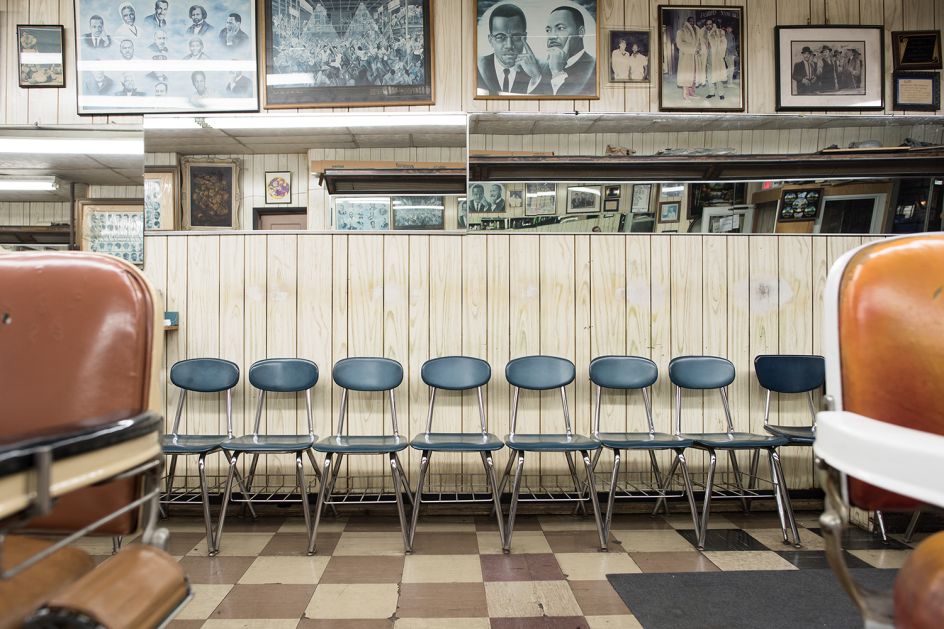
Ducketts Barbershop, Brooklyn, New York © Rob Hammer
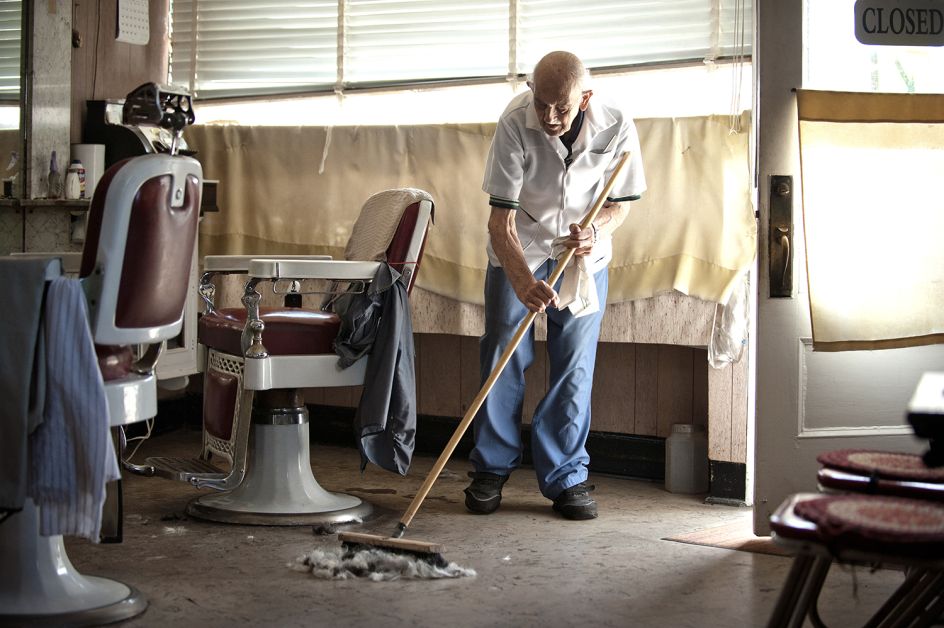
Tony's Barbershop, Greenwich, Connecticut © Rob Hammer
The first part of the book, titled Old School, includes photographs of traditional barbershops that have often been around for decades. Their decor and furniture reflect this, as do their older clients, some of whom may have been cutting hair or getting their haircut here for 50 years.
The next section, Next Generation, shows younger barbers inside slicker shops with newer interior spaces and often a counterculture vibe of tattooed barbers and skateboard decor.
The atmosphere, though, is still just as community-driven; the people in the photographs are laughing, talking and connecting. The essence is the same.
Vibrant future
"This project started out of my love for barbershops and the desire to photograph the old timers before they were all gone," writes Rob. "But that focus shifted after being introduced to some of the next generation. So this book is very much about barbering's disappearing past and the stark contrast of its now-vibrant future."
Quotes from barbers and customers are interspersed throughout and provide a personal narrative of observations from within the ever-changing field, as do the black-and-white portraits of the barbers themselves presented near the end of the book.
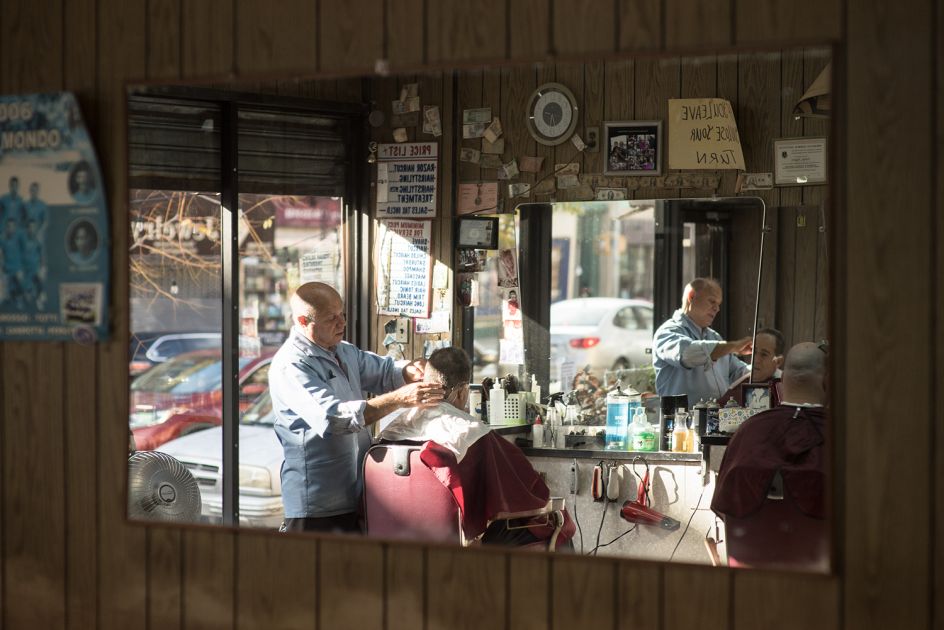
Rome Style Barbershop, Brooklyn, New York © Rob Hammer
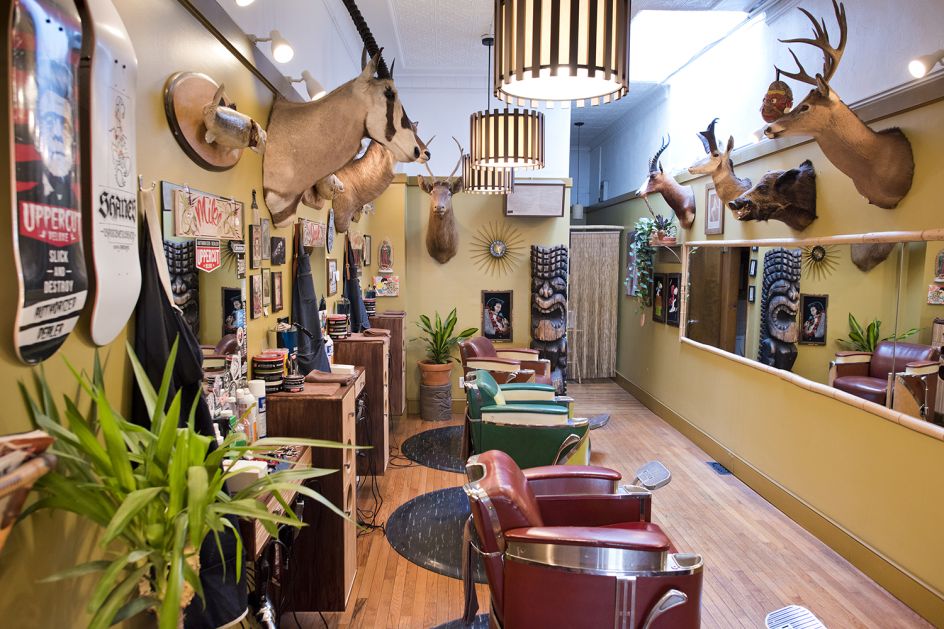
Pugsly's SideShow, Kingston, New York © Rob Hammer
Mark-Jason Solofa, owner of Mark-Jason Solofa Grooming in Berkeley, contributes a personal narrative for the book's foreword. He speaks to how a love of community drove his decision to change careers and become a barber.
While contemplating enrolling in barber college, he notes the joy as well as "... the confidence I felt after, and the sense of fellowship and community that came with sitting among like-minded men who had come together in one room to share advice, stories, and laughter. I signed up for barber college within the week."
Accessible and welcoming
Mark-Jason points out that barbershops are not exclusive and, in this way, function even more purely as welcoming and safe gathering spaces, not contingent on membership, initiation or separation through social class, religion, or ethnicity.
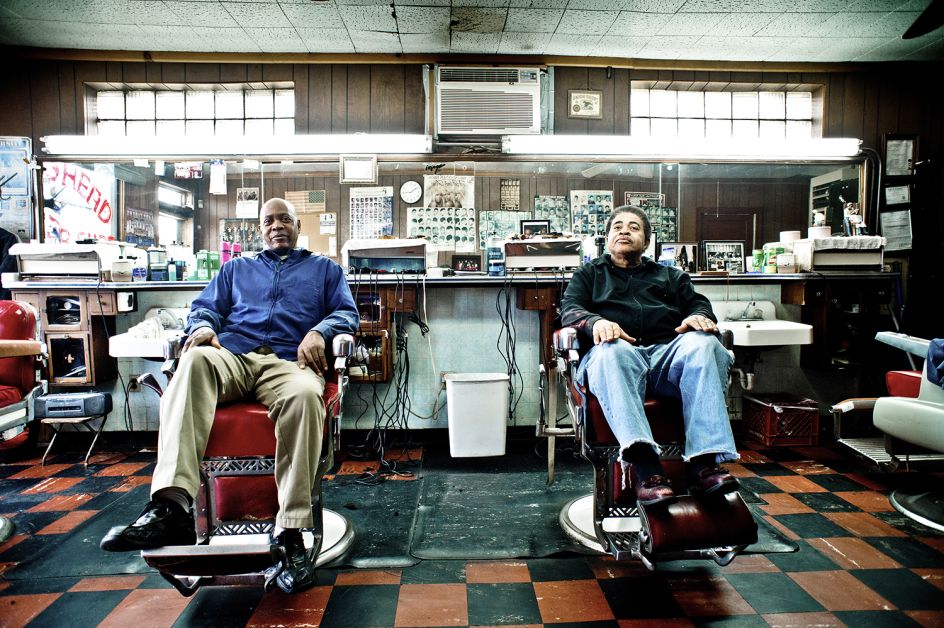
Joe, Craighead Barbershop, Nashville, Tennessee © Rob Hammer
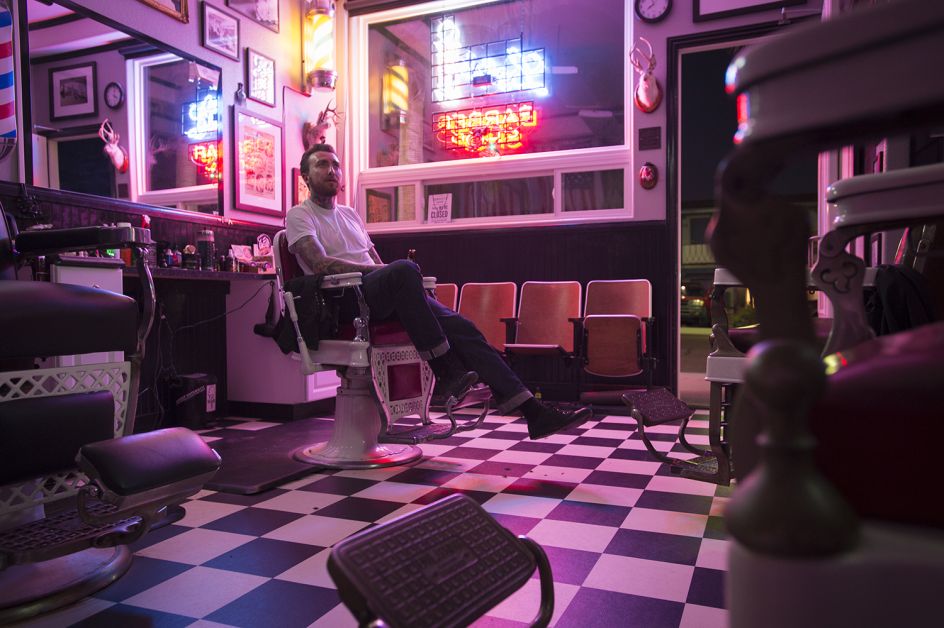
Lefty's Barbershop, San Diego, California © Rob Hammer
"In a world that has always had so much division, this book will serve as a constant reminder that the men of today (and those of generations before us) will always have a place of community to call their own and a special place to call their home away from home," he writes.
The book and other merchandise are being sold directly through Rob Hammer's website. There are packages that combine the book with a fine art print, as well as items like a notebook with imagery from the project, pint glasses with a barber chair etching, and a skateboard which references how many of the new generation of barbers are connected to the skateboarding world.




 by Tüpokompanii](https://www.creativeboom.com/upload/articles/58/58684538770fb5b428dc1882f7a732f153500153_732.jpg)


 using <a href="https://www.ohnotype.co/fonts/obviously" target="_blank">Obviously</a> by Oh No Type Co., Art Director, Brand & Creative—Spotify](https://www.creativeboom.com/upload/articles/6e/6ed31eddc26fa563f213fc76d6993dab9231ffe4_732.jpg)









